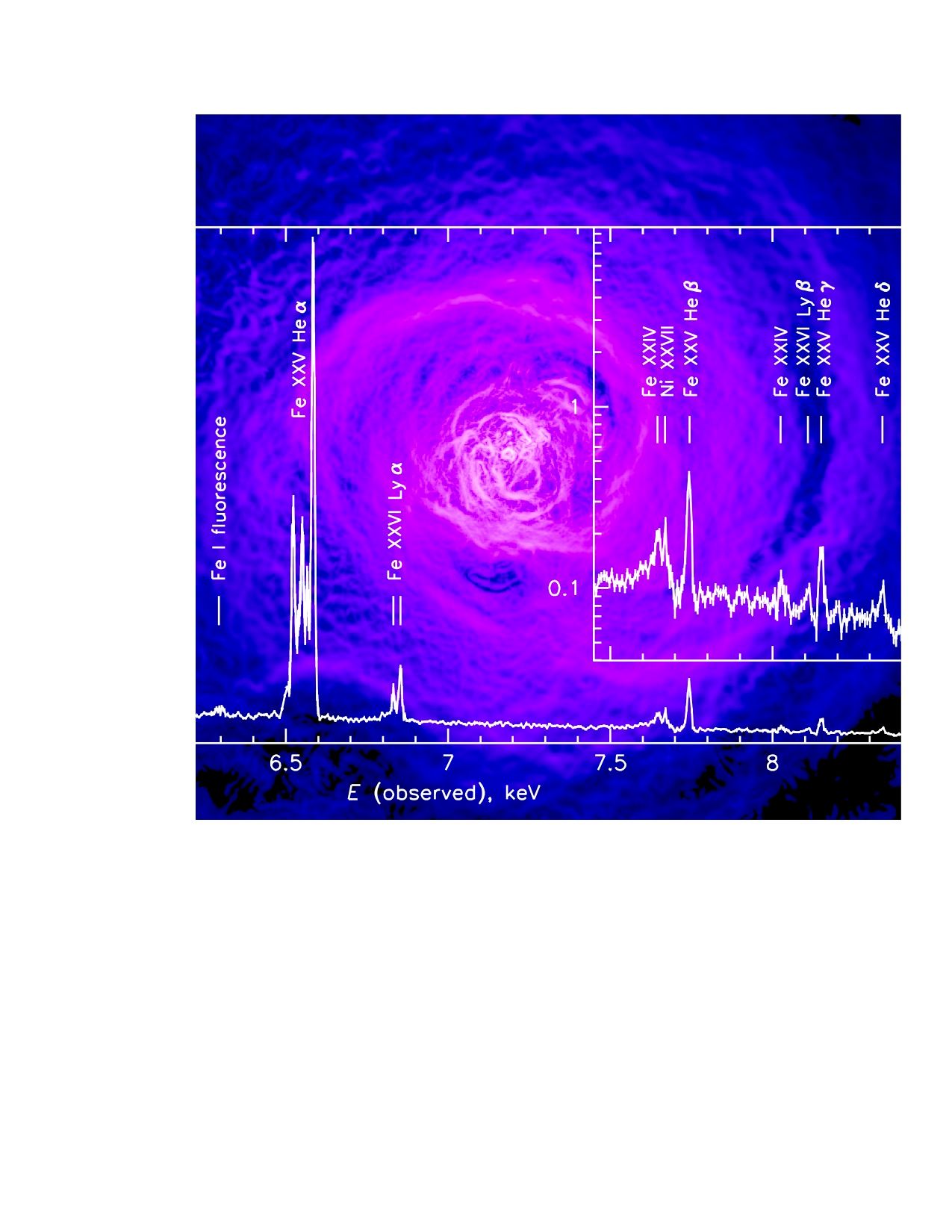Galaxy Clusters
Galaxy Clusters
Galaxy clusters are the most massive gravitationally bound objects in the Universe, with masses of up to a thousand trillion times that of our sun (10^15 Msun) and extending millions of light years. Though called clusters of galaxies (and indeed containing tens of thousands of galaxies), most of their mass is actually dark matter. We learned of that in 1930s, when Zwicky realized that galaxies in clusters move so fast that they must be held together by a much stronger gravity field then their own. Today, we can also observe X-ray emission from the tenious, hot (10-100 million degrees) intergalactic plasma that is trapped in the potential well of the cluster. It confirms the dominance of dark matter in clusters and in the Universe as a whole, since the matter content in clusters is representative of the whole Universe. The intracluster plasma consists mostly of primordial hydrogen and helium, but it also has traces of heavier elements, such as oxygen and iron, produced by stars inside the galaxies. Those elements are driven out from the galaxies into the intracluster medium by supernovae winds and ram pressure exerted as the galaxies move through the intracluster medium. When we observe an energy spectrum of the X-ray emission from clusters, we see emission lines produced by those elements. Those lines contain a wealth of information about the physics of galaxies and the intracluster plasma. For example, the Doppler shifts and broadening of those lines reveal the flows and turbulence in the plasma. The figure shows an X-ray spectrum of the Perseus Cluster observed with Hitomi, the first instrument capable of obtaining high-resolution spectra for extended objects such as clusters; multiple narrow lines of Iron and Nickel are seen. Our lab is working on the Hitomi successor, XRISM, and on the future X-ray spectrometers such as Athena. We also work on imaging the intracluster plasma in X-rays using Chandra and XMM-Newton, and modeling their evolution using supercomputers.
